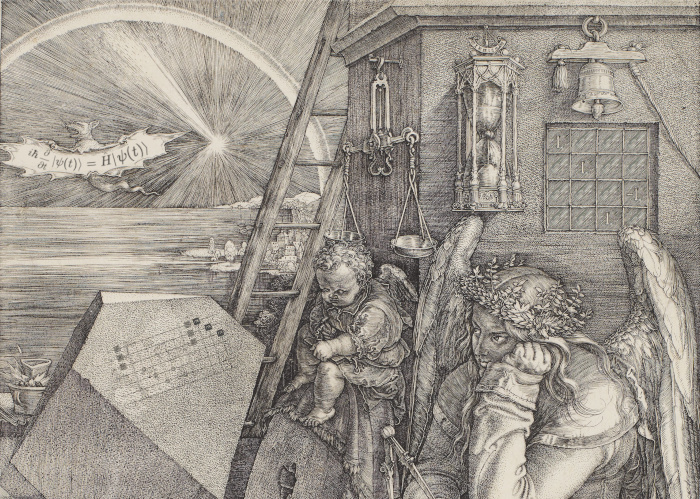Archive for December 31st, 2021
Happy New Year: quantum computer emulator in SQL
Last year, my good friend and colleague Matt Ward challenged me to implement a quantum computer emulator in SQL.
Challenge accepted!
This year we will be building an SQL query which will emulate a quantum computer. This query will process quantum assembly, build the circuit, run the emulation and make the measurements.

First things first, a little bit of theory. I won't go deep into quantum mechanics now (primarily because I don't understand it well enough to talk about it in public). What we really need to know about emulating a quantum computer, is that it's all about matrix multiplication. Quantum computers run on physical effects which are hard to wrap one's head around, but relatively easy to express using quite simple math. This math is something you can work with, even if you don't understand the physics behind it on an intuitive level.
Theory
For this article, I will assume that you are familiar with the mathematics of matrix multiplication. If you're not, you'll need to read up a little bit on linear algebra. This is not a particularly hard topic, and it's being used heavily in many areas of programming: image processing, sound processing, quantitative finance analysis and many others. It is very rewarding to be familiar with it.
Qubits
So, quantum computers have registers (tiny blocks of memory), in pretty much the same way as the CPU in your laptop or phone does. The data stored in your CPU registers tells it what to do next, and these registers are being constantly updated as your CPU runs code.
Classic registers have bits, which store zeros and ones. These are exclusive: if the bit is on, it's not off, and if it's off, it's not on.
Quantum registers have qubits, which also store zeros and ones. But these zeros and ones are not exclusive. A qubit may be on, may be off, and may be somewhere in between. It's not like an on-off switch, but more like a computer trackball with a permanent marker dot on it. You can turn any way you like, and the dot position reflects the state of the qubit. The closer the dot is to the top (or to the bottom), the more "zero" or "one" the qubit is. The marked dot on the trackball can also turn about the vertical axis, which is also something that the qubit can store.
 Subscribe in a reader
Subscribe in a reader